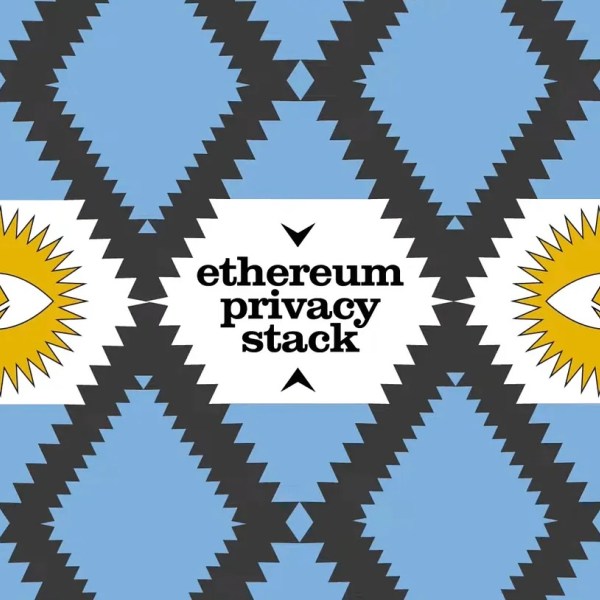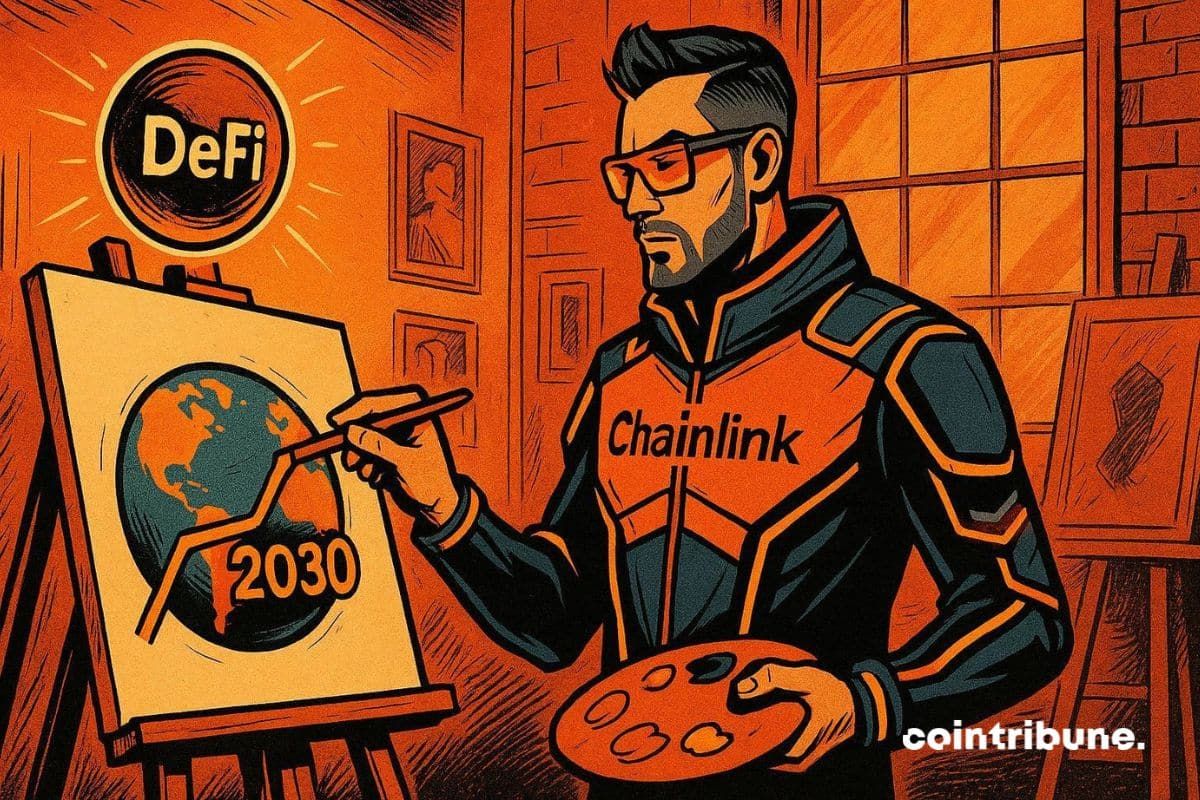- Global banks led by Citigroup and Goldman Sachs funded 345 blockchain deals between 2020 and 2024.
- Stablecoin use is rising fast with volumes reaching up to $700 billion monthly in early 2025.
- The tokenization market could grow to $18 trillion by 2033 as banks focus on digital asset adoption.
Major financial institutions are increasing their support for blockchain startups. Citigroup, Goldman Sachs, JPMorgan, and Japan’s SBI Group lead the charge. These banks have become the most active backers of early-stage blockchain ventures from 2020 to 2024.
A joint report from Ripple, CB Insights, and the UK Centre for Blockchain Technologies confirms the trend. Global banks participated in 345 funding rounds over the four-year period. Citigroup and Goldman Sachs closed 18 deals each. JPMorgan and Mitsubishi UFJ followed closely, with 15 investments each.
Focus on Mega-Rounds and Infrastructure
Large-scale investments have been a key part of this strategy. Banks joined 33 mega-rounds, each worth $100 million or more. These deals mainly supported startups in trading infrastructure, custody, tokenization, and payments.
In Brazil, CloudWalk raised over $750 million with backing from Banco Itaú and others. Germany-based Solaris also attracted over $100 million, eventually becoming a majority acquisition target by SBI Group.
Banks are showing interest in firms that offer real-world blockchain applications. This includes support for programmable payments, secure asset custody, and digital settlements.
G-SIBs Drive High-Value Deals
Global Systemically Important Banks (G-SIBs) played a significant role. These institutions contributed to 106 deals during the report period. They also backed 14 of the 33 mega-rounds valued above $100 million.
U.S. and Japan led in total investment volume, while Singapore, France, and the UK also remained active. In total, they invested more than $100 billion in blockchain-related companies between 2020 and 2024 distributed in over 10,000 transactions.
Institutional focus has shifted toward long-term blockchain integration. As regulation becomes clearer, financial players see more stability in blockchain-linked markets.
Rising Adoption and Regulatory Clarity
Recent surveys show growing confidence in blockchain’s future impact. Ripple’s data from over 1,800 finance leaders found that 90% expect digital assets to reshape the industry in three years.
Ongoing regulatory efforts support this view. The GENIUS Act outlines national guidance for stablecoins in the U.S. The EU has implemented the Markets in Crypto-Assets (MiCA) framework. The regulations also provide more defined rules governing blockchain services.
Monthly stablecoin volumes reached between $650 and $700 billion in Q1 2025. Several banks are now issuing their own stablecoins. These aim to deliver programmable money without exposing users to price volatility.
Tokenization of real-world assets is expected to grow sharply. Estimates suggest the market could reach $18 trillion by 2033.




